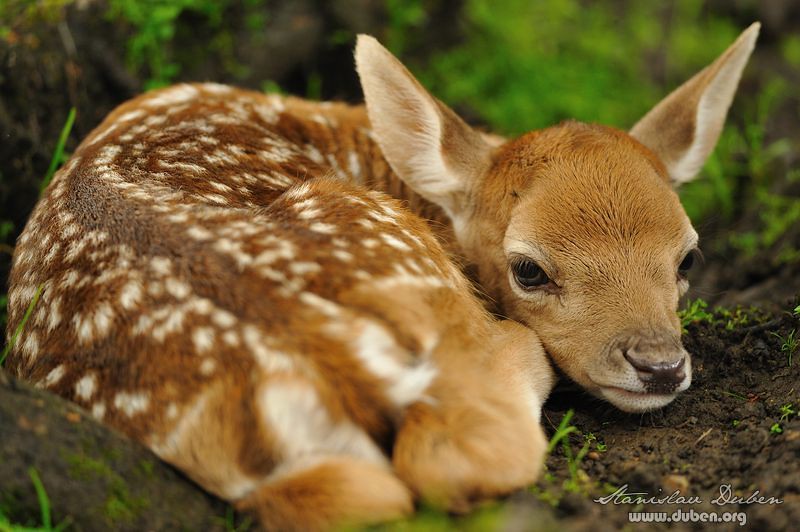The Fallow Deer commonly lives in wooded areas across the country, and has a distinct fur coat coating spots.
This species of Deer are smaller than their Red Deer counterparts. |
| https://c1.staticflickr.com/9/8156/7181666263_3552ace447_b.jpg < image reference at this link. |
With the Fallow Deer's natural predators such as the Lynx, the Wolf, and the Bear, (which are now extinct in the UK), they are a very common animal in Rural Britain, and can be seen often in the countryside.
 |
| https://c2.staticflickr.com/4/3429/3826582683_a072bf1f70.jpg < image reference at this link. |
This is so that food sources are not overgrazed, and disease does not spread as efficiently.
| http://www.photographers-resource.co.uk/images/wildlife/species/deer/Fallow_Deer.jpg < image reference at this link. |
| http://www.easpd.eu/sites/all/themes/easpd/images/carte_europe.png < image reference at this link. |
This type of Deer graze in herds mainly in same sex packs, however come together once a year for an annual rutting, in which males fight for females in order to mate, and produce offspring.
Young bucks leave the mothers after 18 months, in order to find an all male herd.
Young Does stay with the mother, and the female herd.
| http://www.rspb.org.uk/community/cfs-file.ashx/__key/communityserver-discussions-components-files/13609/1258.Rut.jpg < image reference at this link. |
Although not originally a native species, they are unmistakably a part of Britain's wildlife, and should be noted in my zine.
http://www.bbc.co.uk/nature/life/Fallow_Deer
Thomas.




No comments:
Post a Comment